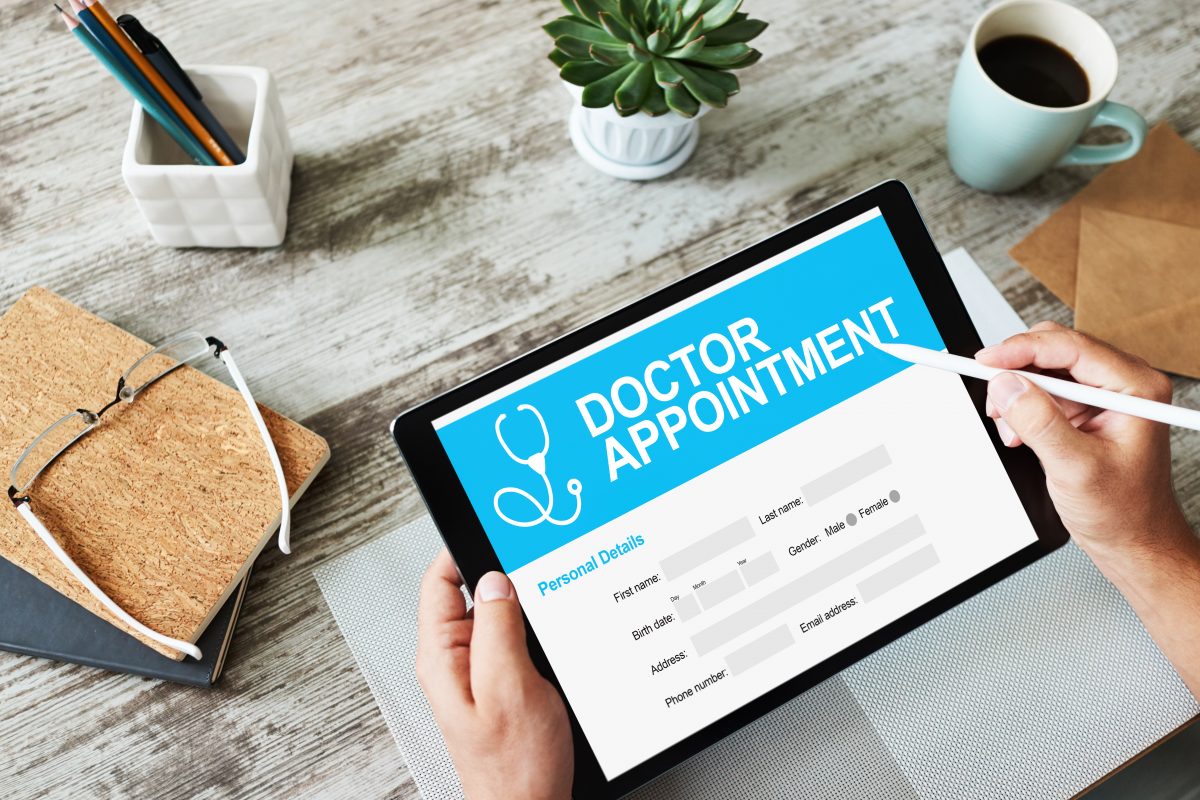Patient scheduling can be a huge source of tension between your facility and patients. This is because longer waiting time create dissatisfied patients, especially when there are other options available. A patient-centered approach is essential in today’s constantly changing healthcare environment.
You must examine your current procedures to see if it’s systematic and convenient for your patients, always remember that their satisfaction is your priority. The importance of using the best scheduling practices can’t be over-emphasized, because long waiting time at your medical office may make it difficult to bring in new patients and keep them coming back.
Your medical practice needs to continuously look for methods to increase income and productivity, without sacrificing patient experience and remain competitive.
In this article, you’ll see ten of the best practices to increase productivity and improve patient experience and satisfaction:
- Implement Online Self-Scheduling
If by now, your facility doesn’t have a way to schedule their appointments online, you’re way running behind among other competitors. Implementing it now must be the priority, it is just simple to execute this. Online scheduling tools and patient intake software used to be immensely expensive that only large facilities could afford it.
But those days are long gone, it is now affordable and easier to access. In the healthcare sector, there are numerous solutions developed explicitly for the benefit of the industry. These tools help patients to book appointments and also complete the check-in process before visiting the facility.
It shouldn’t matter what software you use as long as it’s working for your facility. What is important is that you offer your patients a way to schedule appointments, collect their crucial patient intake data, reduce their waiting time, and lessen your staff’s workload in the facility. Offering many choices for patient self-scheduling, adds to the convenience you can give to your patients.
- Provide Real-Time Scheduling
Many facilities are offering online scheduling to book their appointment, but still needs to wait for the confirmation from the facility. This part of the procedure must be improved, because patients preferred real time confirmation. Bear in mind that this online feature was implemented to save time and offer convenience.
Patients should be able to check and book their desired appointment date and time immediately with real-time scheduling. These appointments can be scheduled at any time, even beyond the normal business hours.
- Use A Strategic Scheduling Method
Late cancellations and no-shows will still happen despite your best efforts. However, you may minimize the impact of cancellations and no-shows on your business by double-booking patients with a high probability of not showing up. Keep a waiting list of patients who would prefer to be seen sooner than their planned appointment time.
You can use predictive analytics from patient data to identify those patients with high chances of not showing up and then double-book on that scheduled time. Closely examine a patient’s no-show history to help you identify the best slots for double booking. By doing this, you’ll save your facility instances of downtime.
There are patient scheduling systems, that allows you to message your patients on the waiting list to let them know when a spot becomes available. This may be helpful when setting up a patient queue. To save time, you can immediately inform a large group of patients, of the time availability and urge them to call you to confirm.
- Utilize Appointment Prioritization
When it comes to the degree of care required, patient visit times might vary substantially. Prioritizing appointments during patient scheduling ensures that you don’t overbook and under book.. It would be best to consider a patient’s degree of care needs when deciding where to place them in the schedule and how long their visits should be.
Use this time to determine whether you should add the patient to the appointment schedule or if they only require assistance and just go through a telehealth process. For patients with minor needs, like medicine refill or clarifications, this process will make it convenient and easy.
Ensuring in-person sessions to those who actually need them, helps in boosting customer satisfaction because they would feel prioritized. Your facility may save time and money by selecting appointments that needs immediate care. Patients will appreciate this because they won’t have to come to the facility and wait when they don’t have to.
- Have A Consultation Reminder System
Automated systems that contact or text people at predetermined intervals before appointments can help reduce the incidence of no-shows. This allows you to schedule your appointments in a way that minimizes disruptions to your practice’s operation. Patients can postpone or cancel their consultation by replying directly to an automatic reminder sent to them through the reminder system.
Make sure patients know if there’s a charge if they don’t cancel or reschedule within a particular time frame in your appointment reminders. Planning ahead by setting up appointment reminders guarantees that you and your patients are on the same page. You can also mitigate the severity of no-shows, and their impacts on your facility’s productivity and revenue. It’s also a way of keeping track of your patients.
- Automated patient recall
There are various reasons for patient recalls, including regular physical exams or when a patient is undergoing treatment for a chronic ailment. This kind of visit is often planned at the end of a scheduled one. Use an automated patient recall system to help make appointments and remind patients of their next visit. This helps to keep your calendar full and your patients on schedule. This way, you’ll be keeping your facility busy while offering the best support to your patients.
An automated patient recall system delivers reminders to patients through text, email, or phone at predetermined intervals, weekly, fortnightly, monthly, or annually. Such a system is not only good for patients that need to book regularly, but they’re also excellent for those whose appointments have a longer interval. They also help to keep track of
- Automate Responses To Frequently Asked Scheduling Questions
Your staff should answer every query from patients, but you should be responsible and knowledgeable in responding to it. Using modern patient scheduling systems makes it possible to automate the influx of regular patient inquiries, such as confirmations and cancellations.
As a healthcare provider, you want to make it easy and timely for your patients to find answers to simple inquiries, for them to have better overall experience.
- Establish A Broadcast Message System
There may come a time that your clinic may have to reschedule or cancel all doctor appointments during unexpected emergency events, thus sending out broadcast messages in these scenarios are suitable. It saves time and effort, especially in times that all hands are on deck because of the unexpected event
For instance, you can consider sending out broadcast messages, to inform patients of thing such as traffic within the area of the clinic due to ongoing road work. This will allow them to depart earlier and arrive at their appointments on time.
- Schedule A Buffer Time Between Appointments
It’s a good idea to leave yourself a few minutes in between appointments. You’ll have more time to clean up, write your patient details, file any paperwork, and look over your notes for anything important before the next patient arrives.
Even a five-minute buffer can help you on your daily administrative tasks so that it won’t file up at the end of the day. It’s also appreciated by patients if a doctor can keep to the schedule themselves.
- Outsource Scheduling Services To A Healthcare Call Center
Providing 24/7 scheduling services is an excellent solution to update patient scheduling digitally. It is an advantage to your patients and your clinic to outsource scheduling, because they can make appointment changes and cancellations with the least amount of hassle. Outsourcing scheduling tasks to a healthcare call center service can benefit you in the following ways:
- Save expenses without sacrificing quality by not hiring and maintaining in-clinic staff
- Plan your workday based on the seasonality and variability of demand
- Having a scheduling team available at any time
- Improved operational efficiency.
It’s also possible to increase income by using a healthcare contact center since most online appointments are for same-day or next-day timeslots. This can assist in filling in your schedule, ensuring that you are never idle. A healthcare call center can help in delivering fast and reliable patient service, especially if your medical facility is struggling to keep overhead expenses down.
Conclusion
To keep your practice running efficiently, applying scheduling best practices is one of them. You can enhance the patient scheduling process by using automation and other effective ways and strategies provided in this article. It makes it simpler for facilities and patients alike, to provide the best care to your patients without straining your staff and reducing waiting times which improves patient experience.


